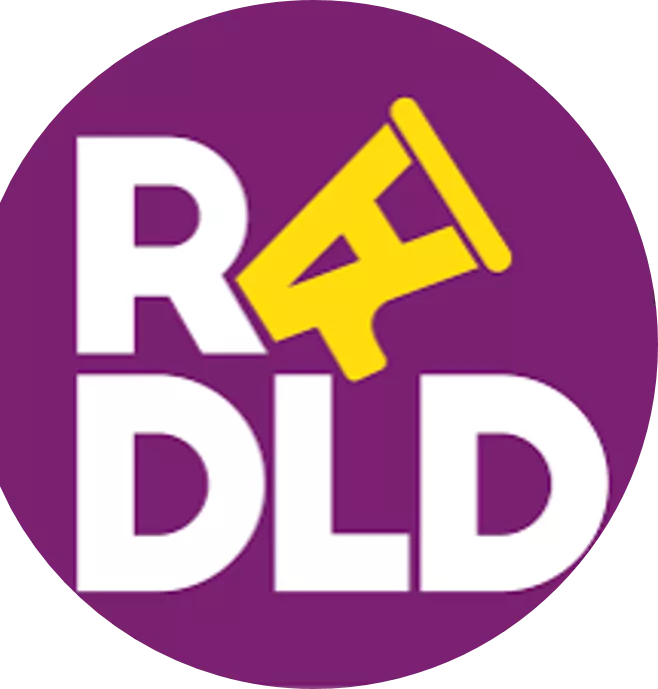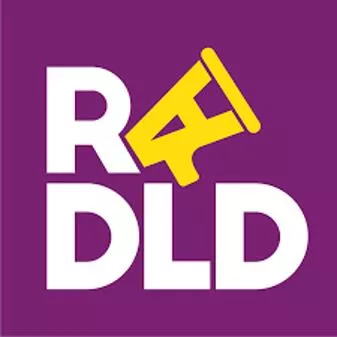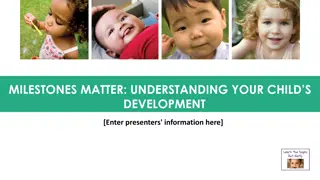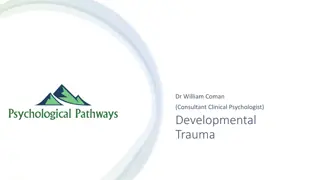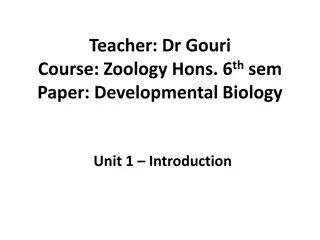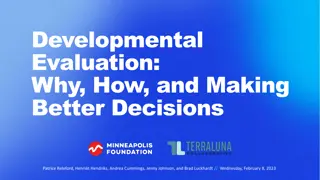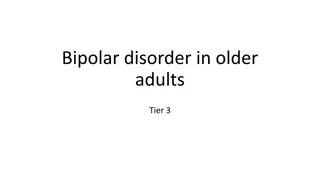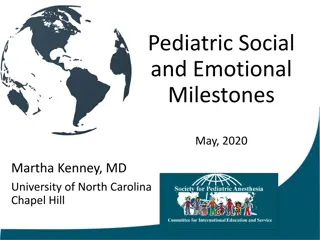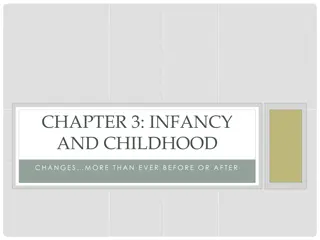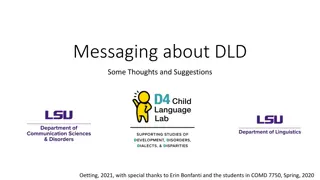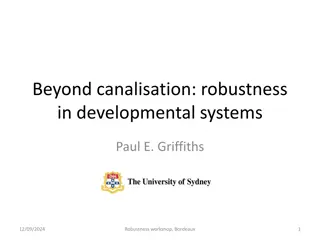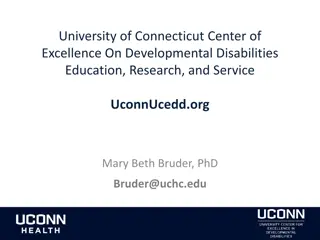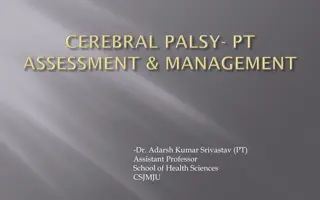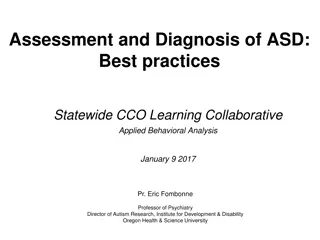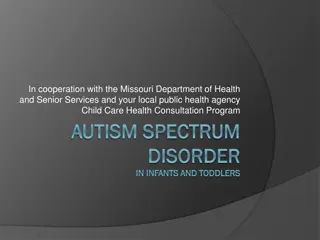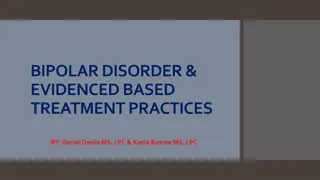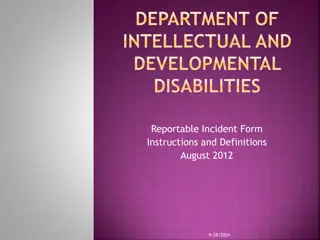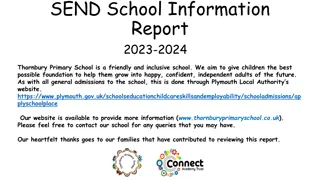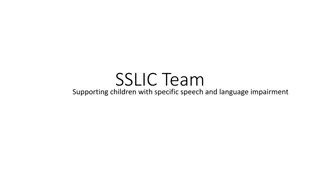Understanding Developmental Language Disorder (DLD)
Developmental Language Disorder (DLD) is a condition where individuals, particularly children over the age of 5, struggle with speaking and understanding language, impacting their educational and social interactions. Recognizing the signs of DLD, estimating prevalence, and understanding its lifelong impacts on learning, social interaction, reading, behavior, and mental health are essential for teachers. Students with DLD may face challenges in reading, learning, following instructions, engaging in discussions, and participating in group activities due to their language difficulties.
Download Presentation

Please find below an Image/Link to download the presentation.
The content on the website is provided AS IS for your information and personal use only. It may not be sold, licensed, or shared on other websites without obtaining consent from the author. Download presentation by click this link. If you encounter any issues during the download, it is possible that the publisher has removed the file from their server.
E N D
Presentation Transcript
Developmental Developmental Language Disorder Language Disorder What every class teacher needs to know Raising Awareness of Developmental Language Disorder (RADLD) radld.org Presenter s name
What is Developmental Language Disorder? What is Developmental Language Disorder? Developmental Language Disorder (DLD) is when a child (over 5) or adult has difficulties talking and/or understanding language. These difficulties impact on education and social interactions The difficulties exist without another biomedical condition such as autism or intellectual disability.
Noticing Developmental Language Disorder Noticing Developmental Language Disorder You might notice that a student speaks in shorter sentences or uses less sophisticated vocabulary than other classmates. Less obvious is when students are not understanding what is said. They often get told you weren t paying attention when in fact they were paying attention, but could not understand the language. Some students with DLD may be over literal or have difficulties with conversational skills
How many children have DLD? How many children have DLD? One study found that 7.5% of all children had DLD. In an average class of 30, two children have DLD. Reference: Norbury et al 2016 Do a quick calculation to estimate how many students in this school might have DLD. Divide total by 10, and then of this. How many?
The impacts of DLD The impacts of DLD DLD is a life long condition: children don t grow out of it. It impacts on: Reading Learning Social interaction Behaviour Mental health
DLD and reading DLD and reading To become a good reader students need good language skills Students need to know the vocabulary and grammar, and to be able to understand how it fits together. That student that is struggling to read may have DLD.
DLD impacts directly on learning DLD impacts directly on learning Following instructions Engaging in class discussion Answering questions Group work All of the above require language skills, so a student with DLD will struggle with learning also. That student who is struggling to keep up may have DLD.
Social impacts of DLD Social impacts of DLD Students with DLD may struggle to keep up with the nuances of peer interactions and so get left out One study found 81% of all students with SEMH (social, emotional and mental health) needs had language needs. Reference: Hollo et al 2014 And a student who does not know they have DLD may think of themselves as stupid , which may then in turn impact on mental health.
What can you do? What can you do? Take a closer look at students with reading, learning or social difficulties Just ask could it be language? Chat to the student one to one Observe their responses to whole class instructions Students with DLD may be good at copying others leads, and so their difficulties may NOT be obvious
Take action Take action Talk to parents But because there is low awareness of DLD many parents may also not be aware Talk to your school special education lead/ specialist/SENCO Refer to specialist services, such as Speech and Language Therapy / Speech-Language Pathology The right support can make a difference
What children and young people with DLD What children and young people with DLD say say Select a video from the RADLD YouTube DLD and me section
Learn more Learn more Radld.org Dldandme.org naplic.org.uk/dld Any other local websites Questions?
References References Norbury, C. F., Gooch, D., Wray, C., Baird, G., Charman, T., Simonoff, E., Pickles, A. (2016). The impact of nonverbal ability on prevalence and clinical presentation of language disorder: evidence from a population study. Journal of Child Psychology and Psychiatry. https://doi.org/10.1111/jcpp.12573 Hollo A, Wehby JH, Oliver RM. (2014) Unidentified Language Deficits in Children with Emotional and Behavioral Disorders: A Meta- Analysis. Exceptional Children; 80(2): 169-186.





